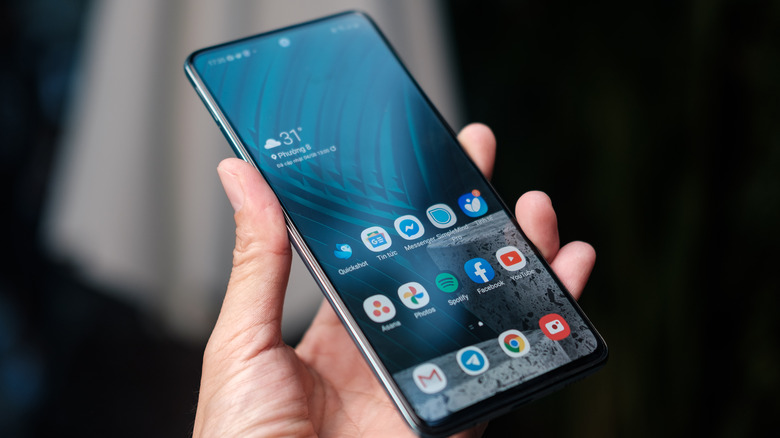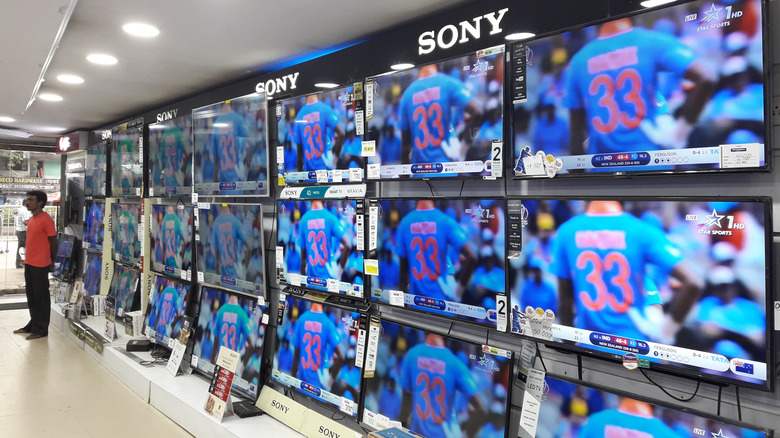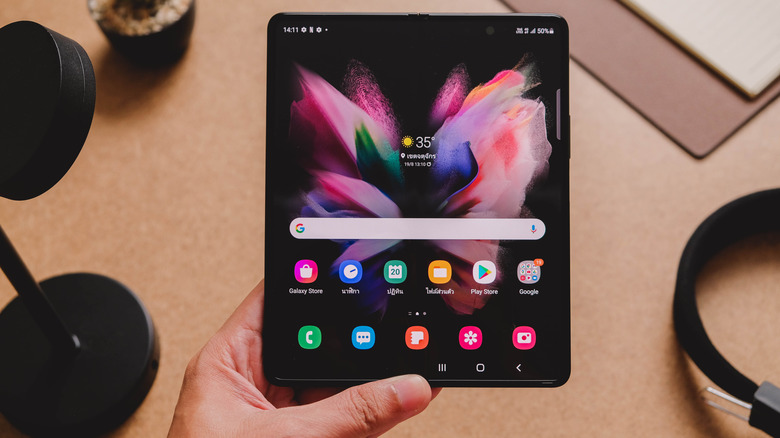Super AMOLED Vs Super LCD: The Key Differences You Should Know
When on the lookout for a new device with a display (or just trying to learn more about your existing equipment) — be it a smartwatch, a phone, a computer monitor, or a TV — you will likely come across some terms referring to the quality and capabilities of the displays on offer.
Two of the most common terms over the past decade, which you will encounter to this day, will be Super-AMOLED and Super LCD. So it is important to know what both display types are, what they offer, and how well they suit your purposes.
Super-AMOLED makes a compelling case for most consumer purposes, offering more vibrant colors and brighter overall displays. However, Super LCDs also have their own benefits, such as lower costs. Therefore, a clear explanation of what both types of display are and a comparison of their most important features will help you make an informed buying decision.
What are Super AMOLED displays?
Let's begin by explaining what AMOLED stands for. The name can be broken down into three components. "AM" stands for "Active Matrix," "O" stands for "Organic," and LED stands for Light Emitting Diode. Active Matrix refers to the technology used to control which OLEDs turn on or off to display an image. Organic refers to the light-emitting compound within the display itself. All of this is to say that these are advancements that make displays employing them thinner, lighter, brighter, and faster than regular LED displays.
So, what sets a Super AMOLED display apart from a regular one? Primarily, marketing. Simply put, Super AMOLED is a marketing term for a type of On-Cell Touch AMOLED display manufactured by Samsung Display, the world's largest manufacturer of such components. In a Super AMOLED display, a touch-sensitive layer is embedded into the display itself. In comparison, regular AMOLED displays have the touch-sensitive layer sitting above the display as a separate panel.
What are Super LCD displays?
While you may be unfamiliar with the term Super LCD, you may be more familiar with IPS LCD, a more common term for the same display technology.
Unlike OLED displays, where each pixel creates and emits its own light, Liquid Crystal Displays rely on a backlight that sits behind a screen of pixels. Images are created by selectively blocking the light passing through specific pixels. This is achieved by the titular liquid crystals in the pixel, which are sandwiched between two polarizing filters. Before a current is applied to the liquid crystal layer, light from the backlight passes through the first polarizing filter, through the liquid crystals, and then out the second polarizing filter. However, when a current is applied, the liquid crystals move into a position that prevents light from passing through the second polarizing filter, thus blocking the light from exiting the display in that area.
In an IPS or Inline Plane Switching LCD, the liquid crystals are aligned horizontally at all times, rotating along a single plane to either block the light or let it pass through. The predecessor to IPS LCD, the Twisted Nematic or TN display, relies on liquid crystals that twist instead of rotating along a single plane when current is applied.
IPS displays provide far superior color reproduction and viewing angles to their TN counterparts but are more expensive and generally have lower contrast and refresh rates, combined with higher latency.
Visual appeal
Starting with Super AMOLED, these displays tend to have better viewing angles because they are thinner than their IPS LCD counterparts. This is mainly due to the lack of a separate backlight combined with the integration of the capacitive touch layer into the display itself. Furthermore, because each pixel creates its own light and, more importantly, black is achieved by turning an LED off entirely rather than blocking the light passing through, Super AMOLEDs offer far better contrast and saturation than Super LCDs. The increased control also means Super AMOLED displays tend to have a better color gamut with higher saturation, though some people may find the high saturation to be off-putting.
Meanwhile, Super LCDs aren't entirely devoid of benefits either. Because they filter white light from a backlight, the colors tend to look more natural, especially in bright environments, where Super AMOLEDs often struggle, winding up looking washed out or dark. Super LCDs can also create a sharper image than their AMOLED counterparts.
Long term use
If long-term use is the goal, Super LCDs seem to be the way to go. Despite their higher power consumption under certain circumstances, they are less prone to be affected by issues more commonly experienced by Super AMOLED displays, namely burn-in and color shift.
Both of these issues relate to the degradation of the organic compounds in all OLED displays, Super AMOLED displays included. Burn-in occurs when certain pixels degrade more than others due to constant use — for example, by always displaying a static app icon in the same position for hours or days on end. Meanwhile, a color shift occurs due to the natural differences in the lifespan of each type of sub-pixel (red, blue, or green). White light is a combination of light from all three types of subpixels, so if one type of pixel begins to fail, the overall display will develop a color cast. Blue pixels tend to have the shortest lifespan and are the first to degrade overall, leaving the display with a yellow cast.
Size and price
Due to the need to include either a backlight or, at the very least, edge lighting underneath/around the actual LCD element, LCDs tend to be thicker and heavier than comparative Super AMOLED displays. If a Super-LCD is to be touch-capable, it will also need an additional touch-sensitive layer on top of the existing display.
In contrast, as Super AMOLED displays integrate the touch elements into the display itself and the pixels generate their own light, thus removing the need for a backlight, they can be much smaller in size, to the point of being curved or even flexible, primarily used in high-end and foldable mobile phones.
However, the more compact design comes at a price. Super AMOLED displays are more advanced than LCD tech, which can drive a premium in addition to simply being more recent technology. Due to this, Super AMOLED displays are often found in mid to top-range phones, while entry-level phones tend to have an IPS LCD.





